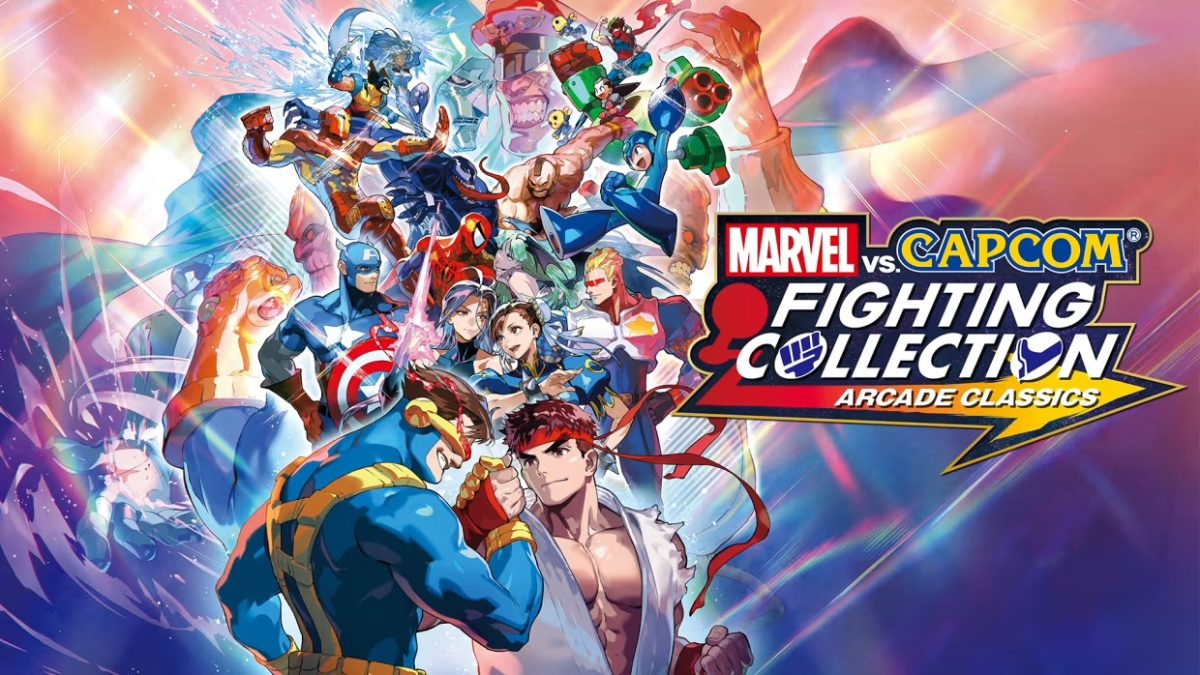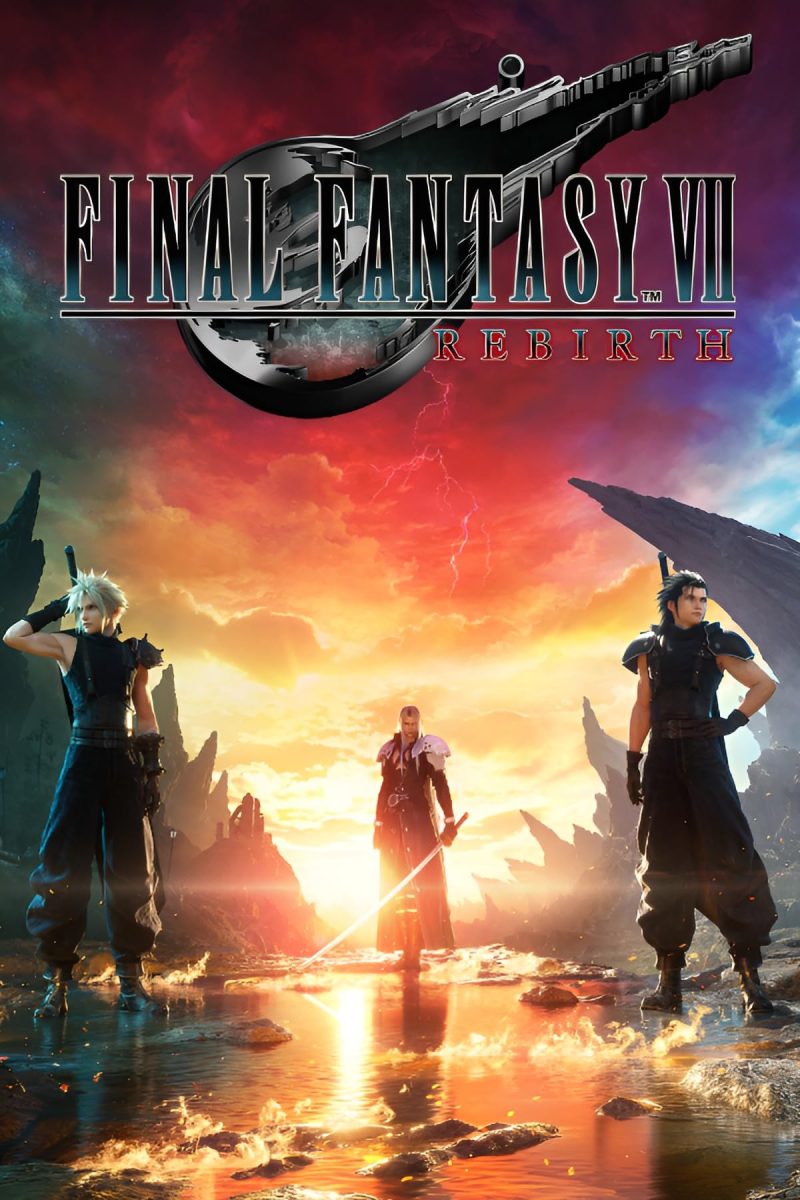Rating: 9/10
The Mario Party franchise is known for two things: fun minigames and ruining relationships. But recent titles skewed towards the latter.
“Super Mario Party Jamboree” finally delivers on a brand-new Mario Party title that is unique, fun and brimming with content, even if it arrives close to the end of the Switch’s life cycle.
But it wasn’t always this way. Take “Super Mario Party,” released in 2018, for example, the game only featured four boards — maps in the style of board games — and little in the way of side modes. These boards were interesting, but with so few to play, they quickly became repetitive. Its success can likely be attributed to the Nintendo Switch’s popularity and not the game’s innovation.
Get The Daily Illini in your inbox!
Next came “Mario Party Superstars” in 2021, which solved many of the issues of its predecessor. But it wasn’t a new game: It was a bundle of remade boards and games from previous titles. It can be incredibly fun, but that doesn’t change the fact that the game wasn’t innovative.
The creativity and excitement of “Super Mario Party Jamboree” breathes new life into the franchise, making Mario Party a game you want to bring to your next hangout.
When you first arrive in the archipelago of islands where the game takes place, it’s clear that there is no shortage of things to do. “Super Mario Party Jamboree” features five new boards, two remade boards from previous titles, two large multiplayer games, three motion-controlled games and a minigame island to play any game you want.
All of this can be incredibly overwhelming, so the game also includes a small practice section called “Party-Planner Trek.” Players can traverse all five new boards, playing minigames and solving puzzles while simultaneously learning the boards’ mechanics and layout.
Simple additions like this demonstrate why Nintendo has dominated the family market for years. The company knows that accessibility to games meant for everyone is key. Whether you’ve just picked up a controller for the first time or have been playing for years, everyone can start at the same level.
The maps are innovative and bring back the feel of classic boards. Every board has a different playstyle that makes each game a unique experience, reducing the repetitiveness that previous titles fell victim to.
One standout is Rainbow Galleria, which features a three-story mall with unique stores that each have their own items to sell. But the mall can also hold a flash sale, when stores halve the price of all items for one turn only, meaning that players can time their purchases to get more bang for their buck.
The boards provide a deep level of complexity that players can explore with every turn and action. They elevate the experience from a simple party game to a true battle of skill which everyone is sure to enjoy.
The minigames are also much more rewarding this time around. Rather than solely focusing on the motion-control playstyle of the Joy-Cons — the Switch’s small, portable controllers — “Super Mario Party Jamboree” has found a good balance between motion-controlled and button-controlled minigames, providing more diversity for players. Additionally, all minigames felt mostly fair, rather than stacking the odds against certain players.
There is also a wider variety of games to play, including showdown minigames, a short series of challenges designed to determine the winner of a jamboree buddy. These jamboree buddies act as allies who can buy stars with you and provide special powers during the game.
The innovation of new minigames like these is exciting, but it also provides a new issue. Classic games on the boards have become incredibly long-winded, even with new quality-of-life changes like speeding up animations.
A 10-turn game has an estimated playtime of 90 minutes, which seems reasonable until the complexity of the boards becomes apparent. Ten turns aren’t enough time to properly experience everything a board has to offer, meaning players must be willing to miss out on gameplay if it means keeping their play sessions within a reasonable time frame.
While having too much content can seem like a ridiculous problem for a video game, it still creates issues for the average party-game player. It’s hard to keep the attention of a group of four casual players for three hours, even if the game is especially interesting.
A more succinct game would have had the same level of excitement without any drag, even if it meant some of the content in the boards had to be cut. It’s a delicate balance but one that’s necessary to keep players’ interest.
Beyond just the classic boards, there are a plethora of side modes to explore. Motion-controlled games like “Rhythm Kitchen,” “Paratroopa Flight School” and “Toad’s Item Factory” make heavy use of the Joy-Con to create engaging challenges and puzzles.
Another addition is “Bowser’s Kaboom Squad,” where teams of eight join together to collect bombs and defeat a boss “Imposter Bowser.” It’s simple and repetitive in premise but is still challenging and engaging enough to keep the attention of a younger audience.
While these modes are fun, they are also mostly cooperative, which can be significantly less rewarding than annihilating your friends in classic Mario Party fashion. “Koopathlon,” a 20-player coin-collecting race, keeps the competitive aspect while also being much faster than a full Mario Party session of play, creating a simple yet exciting new game mode.
“Super Mario Party Jamboree” demonstrates that unique and fun additions are possible, even in older franchises. Learning from past mistakes while testing new concepts and ideas allows the game to succeed, which seems simple in theory but has failed in so many other franchises in recent years.
Playing “Super Mario Party Jamboree” is a guaranteed way to make any hangout more exciting and memorable. But if you play, be prepared to make a few enemies first.








